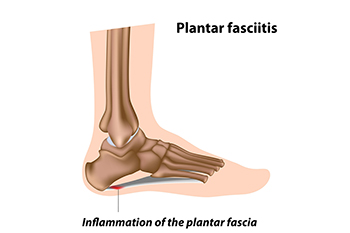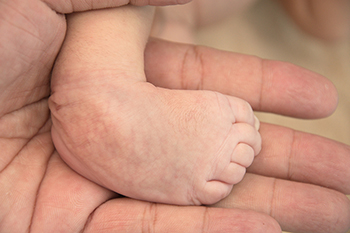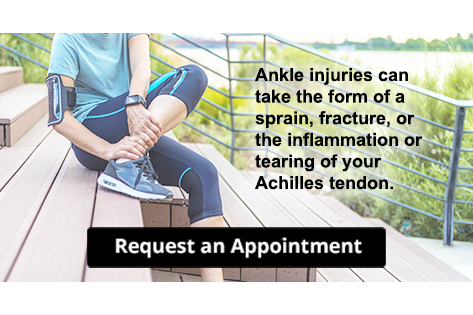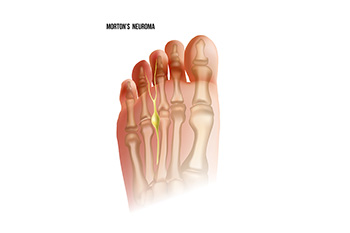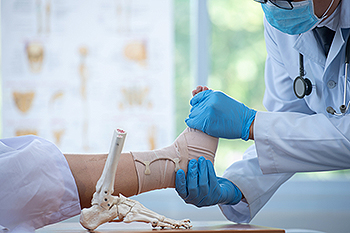
A bone fracture, such as an ankle fracture, occurs when a bone cracks or breaks due to high-force impact or stress. Even minor impacts can result in ankle fractures, especially in individuals with osteoporosis or bone cancer. An ankle fracture involves a complete or partial break in the ankle bone. Closed fractures spare surrounding tissue, while compound fractures break through the skin, raising infection risks. Fracture variations encompass avulsion, comminuted, compression, and more. Symptoms of a broken ankle differ based on age and injury severity and manifest as pain, swelling, bruising, and deformity. Causes of ankle fractures include trauma, overuse, and medical conditions. Age-related bone weakening and heightened disease susceptibility elevate fracture risk. Natural healing involves aligning and stabilizing the ankle bone with casts, plates, or rods. Healing duration depends on the fracture's severity and potential complications. Preventive measures include cautious exercising, proper diet, and addressing bone health, particularly during menopause. If you believe you have suffered a broken ankle, it is suggested that you make an appointment with a podiatrist for essential tests and treatment.
Broken ankles need immediate treatment. If you are seeking treatment, contact one of our podiatrists from Comprehensive Foot & Ankle Center of South Jersey. Our doctors can provide the care you need to keep you pain-free and on your feet.
Broken Ankles
A broken ankle is experienced when a person fractures their tibia or fibula in the lower leg and ankle area. Both of these bones are attached at the bottom of the leg and combine to form what we know to be our ankle.
When a physician is referring to a break of the ankle, he or she is usually referring to a break in the area where the tibia and fibula are joined to create our ankle joint. Ankles are more prone to fractures because the ankle is an area that suffers a lot of pressure and stress. There are some obvious signs when a person experiences a fractured ankle, and the following symptoms may be present.
Symptoms of a Fractured Ankle
- Excessive pain when the area is touched or when any pressure is placed on the ankle
- Swelling around the area
- Bruising of the area
- Area appears to be deformed
If you suspect an ankle fracture, it is recommended to seek treatment as soon as possible. The sooner you have your podiatrist diagnose the fracture, the quicker you’ll be on the way towards recovery.
If you have any questions, please feel free to contact our offices located in Cherry Hill, Voorhees, Atco, and Turnersville, NJ . We offer the newest diagnostic and treatment technologies for all your foot care needs.
